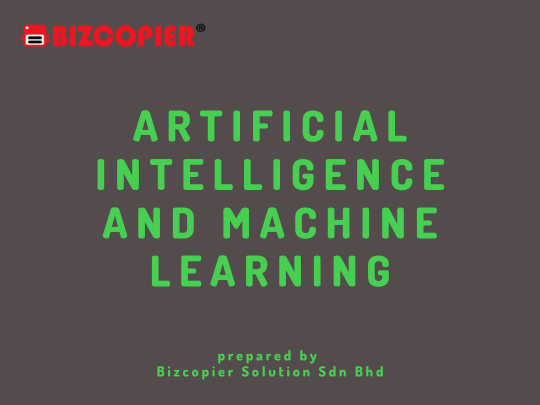Artificial Intelligence and Machine Learning

Artificial Intelligence (AI) and Machine Learning (ML) are closely related fields within the broader domain of computer science. They are technologies that enable machines or computer systems to mimic human intelligence and learn from data without being explicitly programmed. Here’s a detailed explanation of both terms:
Artificial Intelligence (AI): AI refers to the development of computer systems that can perform tasks that typically require human intelligence. It aims to create machines that can reason, learn from experience, understand natural language, perceive the environment, and exhibit problem-solving capabilities. AI systems can be classified into two categories:
Narrow AI (Weak AI): Narrow AI systems are designed to perform specific tasks or solve particular problems. These systems excel in their predefined domain but lack the ability to generalize their knowledge to other areas. Examples include virtual assistants like Siri or Alexa, recommendation systems, and image recognition software.
General AI (Strong AI): General AI, also known as strong AI or artificial general intelligence (AGI), is the concept of creating machines that possess human-like intelligence across a wide range of tasks. This type of AI would have the ability to understand, learn, and reason in a manner similar to humans.
Machine Learning (ML): Machine Learning is a subset of AI that focuses on the development of algorithms and statistical models that enable computers to learn and improve their performance on a specific task from experience, without being explicitly programmed. ML systems learn from data and iteratively improve their performance over time. There are three main types of machine learning:
Supervised Learning: In supervised learning, the model is trained on labeled data, where the correct outputs are provided. The algorithm learns to map inputs to desired outputs, making predictions when given new, unseen data.
Unsupervised Learning: In unsupervised learning, the model is trained on unlabeled data, and it must find patterns or structures within the data without any predefined labels. Clustering and dimensionality reduction are common unsupervised learning tasks.

*Other Model Available
RICOH MPC3503/ MPC5503 | RICOH MPC3504/ MPC5504
CONTACT US: 03-3341 6296 | 018-788 6296 | 018-228 6296




BIZCOPIER copier purchase Copier Rental klang MPC3503 MPC3504 MPC5503 MPC5504 rental and purchase scheme ricoh copier

Recent Comments